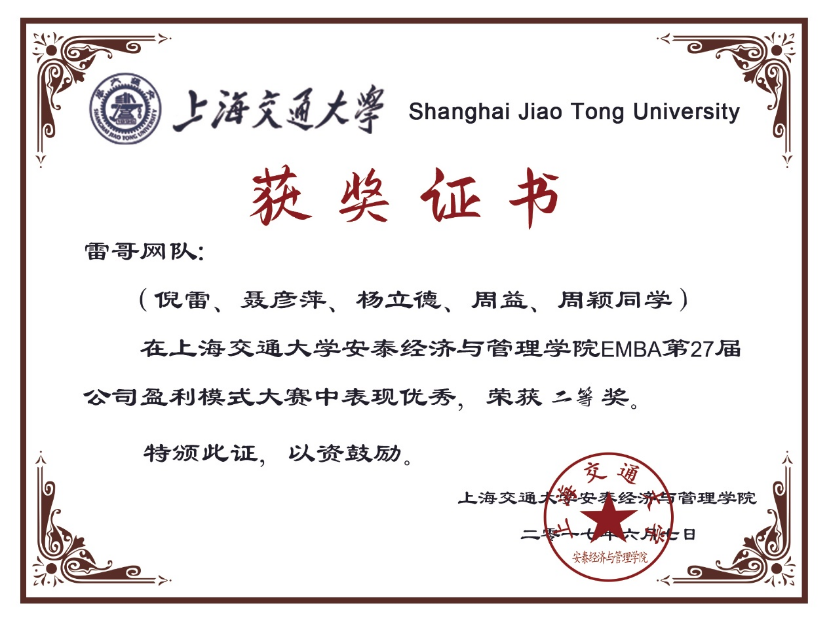Carotenoids, a family of natural pigments, form an important part of the colorful signals used by many animals. Animals acquire carotenoids either directly (from the plants and algae that produce
them) or indirectly (by eating insects) and store them in a variety of tissues. Studies of several animal
species have shown that when choosing mates, females prefer males with brighter carotenoid-based coloration. Owens and Olson hypothesize that the presence of carotenoids, as signaled by coloration,
would be meaningful in the context of mate selection if carotenoids were either rare or required for health. The conventional view is that carotenoids
are meaningful because they are rare: healthier males can forage for more of the pigments than
can their inferior counterparts. Although this may be true, there is growing evidence that carotenoids are meaningful also because they are required: they are used by the immune system and for detoxification processes that are important for maintaining health. It may be that males can use scarce carotenoids either for immune defense and detoxification or for attracting females. Males that are more susceptible
to disease and parasites will have to use their
carotenoids to boost their immune systems, whereas males that are genetically resistant will use fewer
carotenoids for fighting disease and will advertise
this by using the pigments for flashy display instead.
According to the “conventional view” referred to in line 13 of the passage, brighter carotenoid-based coloration in certain species suggests that an individual
A. lives in a habitat rich in carotenoid-bearing plants and insects
B. has efficient detoxification processes
C. has a superior immune system
D. possesses superior foraging capacity
E. is currently capable of reproducing
視頻解析
文字解析
Supporting I
GMAT會員
- 【OG18-P680-668題】In a review of 2,000 studies of human behavior that date back to the 1940s, two Swiss psychologists, declaring that since most of the studies had failed to control for such variables as social class and family size, none could be taken seriously.
- 【OG18-P680-671題】Manufacturers rate batteries in watt-hours; if they rate the watt-hour higher, the longer the battery can be expected to last.
- 【OG18-P680-672題】At the end of the 1930s, Duke Ellington was looking for a composer to assist him-someone not only who could arrange music for his successful big band, but mirroring his eccentric writing style as well in order to finish the many pieces he had started but never completed.
- 【OG20-P569-634題】Snowmaking machines work by spraying a mist that freezes immediately on contact with cold air. Because the sudden freezing kills bacteria, QuickFreeze is planning to market a wastewater purification system that works on the same principle. The process works only when temperatures are cold, however, so municipalities using it will still need to maintain a conventional system. Which of the following, if true, provides the strongest grounds for a prediction that municipalities will buy QuickFreeze's purification system despite the need to maintain a conventional purification system as well?
- 【OG20-P147-8題】(12 -13 )+(13 -14 )+(14 -15 )+(15 -16 )=

添加官方小助手微信
了解更多GMAT考試與咨詢















 400-1816-180
400-1816-180





 資深講師題題有解析
資深講師題題有解析






















 12G備考資料
12G備考資料